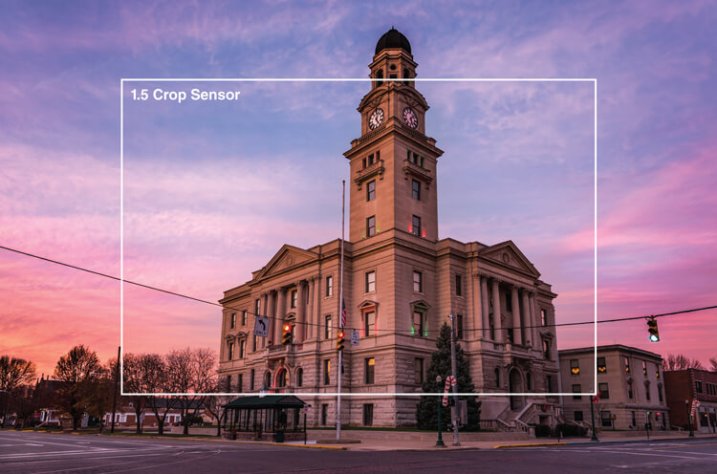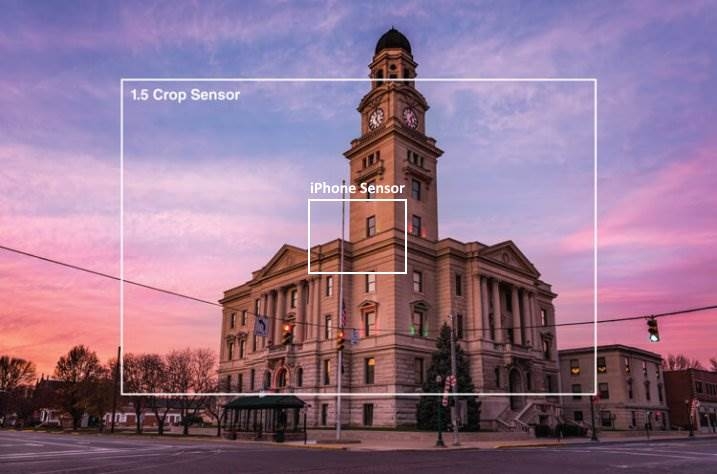Doug,
I might be ignorant of all the different technologies, but I have first hand experience of both types and the one thing, as a professional photographer, that I find quite amusing is the 'arms race' amongst photographers to have the very latest kit. The reason people give is to 'improve image quality'. For Pete's sake, what are you doing with your pictures that you need more file information than you are currently getting? I have just had my 1014th front cover (this month's BSH, a HD sideways engined bike with solid girder forks if you have a look on the shelf) - it was shot with my D4s before I lost it, BUT and this is the thing, it looks NO DIFFERENT to any of the covers I shot with the D3 a year beforehand. WHY? Because the D3 gave me jpegs of around the 8MB mark, sometimes with a simple colour scheme in the frame it would be as low as 2MB for the same size picture (I don't understand fully why, but it was explained to me that jpegs are like painting with numbers and the camera lists a set of instructions, paint this tone 1, this tone 2 etc and if there is a lot of tone 1 it doesn't take much memory to store the instructions, which is why a simle tone range is a small file size and complicated one is much bigger....whether that is true or not I have no idea, but it gives me a mental picture I can understand!)
Now, when I send my pictures into the magazine, taken at full size on the D3....the finished printed page uses about 70% of the actual resolution I provided in the first place. That means they took my rubbish, low image quality jpeg (it wasn't RAW!) and downsized it, making the full resolution of the D3 more than enough.....when I swapped to the D4s what do you think happened? YEP, they took the now 50% bigger image file and simply threw even more of it away......so why do I need to shoot an image at 20MB for it to be downgraded to about 4MB....and here are people producing pictures that will only ever be seen on a screen at a resolution of about 900kb shooting them at 50MB and then throwing away the rest? This was partly why I went to the Fuji instead of getting another D4s (it turns out that would have been much easier). Only the Fuji is so in advance of the Nikon flagship at the time that even though it is so close to as good that you would have to be a scientist to tell the difference and as far as I know images generally capture the imagination through visual impact within the first 2 seconds of them being seen.....how many people browsing magazines, or their equivalent on a computer, stop to analyse the technical details of the image they are looking at? ONLY PHOTOGRAPHERS. Image buyers certainly don't, they are far more interested in the MESSAGE the picture provides, as long as it is 'good enough' it is good enough and as we have seen above, obsolete cameras (my D3) are still about 5x better than 'good enough' and a decent modern crop camera is about 10x better than 'good enough', if not more......even for high end advertising. The ONLY reason to get a full frame now is to say you have got one, the wide angle thing has been beaten by modern lenses, fisheye and super wides are available for crop cameras that are exquisite and way better resolution than actually required FOR ANY JOB.
An analogy would be the 70mph limit and traffic congestion - what the hell use is a Ferrari F50 or Maclaren F1? They are still stuck in the traffic jam or limited to the same speed, so all that engine is completely wasted, it is just burning more fuel, and barely using 50hp of its available 800hp to trundle along at walking pace in the queue....the number of opportunities (jobs that actually require) the full capability are so few and far between and so limited to the top 6 photographers in the world......
Just an observation from someone who is a bit more down-to-earth than the majority of the sheeple who have to chase the latest gadget just for the sake of it. Having a nice camera is nice, but there are now VERY NICE crop cameras that are as close to the equal of their full frame counterparts it isn't worth worrying about. Take into account the very considerable size and weight penalty of a full frame system too - my Fuji OUTFIT weighs the same as the D4s with 70-200 only. I have gone from lugging around about 18kgs of kit to each job, to about 5kgs.....that alone is worth its weight in gold!



